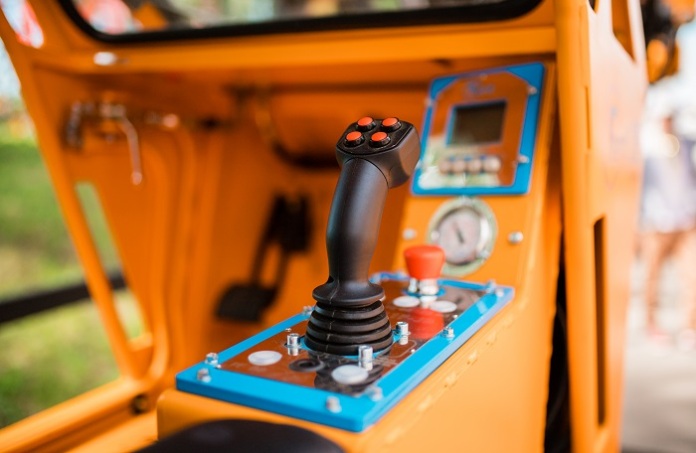
When operating industrial machinery, precision and accuracy are essential for an efficient and safe working environment. Typically, joysticks are used to help maneuver heavy equipment in a variety of industries, including construction and agriculture. They play an invaluable role in the ease of use and overall performance of the machine. By maximizing joystick reliability, businesses can reduce downtime and save money in the long run.
There are two main types of industrial grade joysticks. A potentiometer joystick is a mature technology that operates through the analog output of an electronic circuit. Hall effect joysticks use sensors to detect positioning through small magnetic fields. The Hall effect joystick is frictionless and does not wear out from contact with the sensor.
The Hall effect was originally an industrial-grade technology, but it is beginning to gain popularity in commercial-grade applications such as video game controllers. Here, we will explain the techniques and applications that the Hall effect can be used to make better joysticks.
How does Hall Effect sensor technology work?
The Hall effect, named after the physicist who discovered it, is based on the principle that when a current passes through a semiconductor perpendicular to an external magnetic field, the carrier deflects, creating an additional electric field perpendicular to the direction of the current and magnetic field, which creates a potential difference between the two ends of the semiconductor. Hall-effect sensors are solid-state devices that use magnets to detect the direction and strength of magnetic fields, convert encoded information into electrical signals, and enable them to be processed by electronic circuits.
Magnetic fields have two main components: magnetic flux density and polarity. The Hall effect sensor produces an output signal that is a function of the surrounding magnetic field density. When the density exceeds a preset threshold, the device generates a "hall voltage," an output voltage that is proportional to the strength of the magnetic field. This sensor has applications such as detecting speed, proximity and positioning.
Hall effect and potentiometer joystick
● Unlike the magnets of a Hall effect joystick, a potentiometer joystick contains moving components that can change the size of the electrical circuit's resistance.
● The Hall-effect joystick does not require contact with the sensor. This means they are less prone to mechanical wear over time.
● While the potentiometer joystick is an excellent choice for precision work, the Hall effect is well suited for uses that produce significant vibration and shock.
● Unlike potentiometers, a potential disadvantage of Hall effect sensors is that they are not flexible enough in terms of voltage availability. This limits the types of applications that can be installed and used.
● Conditions that cause the joystick to drift. Hall effect sensors are more resistant to vibration and shock, but less resistant to temperature changes.
Budget, service life and operating environment are the main considerations in selecting the right technology for the application. Hall effect joysticks may be more suitable for equipment such as mining trucks and excavators, which can maintain accurate positioning when subjected to severe vibration and shock during use. But the potentiometer joystick may be better suited for joysticks that are rain-exposed to the sun or are expected to operate in extreme temperature environments.
Commercial application of the Hall effect joystick
The most prominent commercial use of joysticks is usually gaming. While controllers have traditionally included a potentiometer (analog) joystick, the Hall effect joystick revolutionized console gaming by eliminating "joystick drift."
Joystick drift means that the joystick controller becomes less accurate over time. These controllers can detect input even without it, causing an object or character in the game to "drift" out of its intended position. This is a fairly common defect in a potentiometer joystick, especially after vibration, strong shock, or even after only a few hours of use.
Hall effect joysticks can improve commercial grade controllers just as they benefit industrial grade controllers. Frictionless sensors mean they don't wear out even after hours of use, and they're less likely to drift after vibration or shock.
The Products You May Be Interested In
 |
TPCM-2.4-5 | CMC 2.41MH 5A 2LN TH | 383 More on Order |
 |
AA53002-015 | XFRMR TOROIDAL 300VA CHAS MOUNT | 464 More on Order |
 |
62045-P2S02 | XFRMR TOROIDAL 10VA CHAS MOUNT | 135 More on Order |
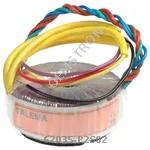 |
62035-P2S02 | XFRMR TOROIDAL 7VA CHAS MOUNT | 369 More on Order |
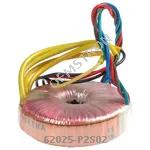 |
62025-P2S02 | XFRMR TOROIDAL 5VA CHAS MOUNT | 218 More on Order |
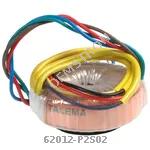 |
62012-P2S02 | XFRMR TOROIDAL 3.2VA CHAS MOUNT | 178 More on Order |
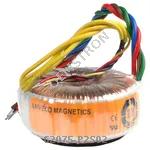 |
62075-P2S02 | XFRMR TOROIDAL 35VA CHAS MOUNT | 406 More on Order |
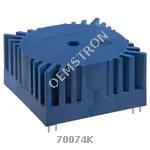 |
70074K | XFRMR TOROIDAL 35VA THRU HOLE | 380 More on Order |
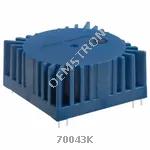 |
70043K | XFRMR TOROIDAL 10VA THRU HOLE | 309 More on Order |
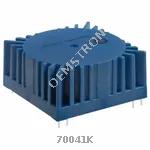 |
70041K | XFRMR TOROIDAL 10VA THRU HOLE | 157 More on Order |
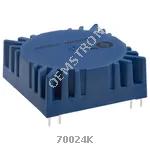 |
70024K | XFRMR TOROIDAL 5VA THRU HOLE | 486 More on Order |
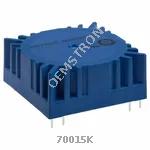 |
70015K | XFRMR TOROIDAL 3.2VA THRU HOLE | 421 More on Order |
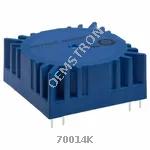 |
70014K | XFRMR TOROIDAL 3.2VA THRU HOLE | 309 More on Order |
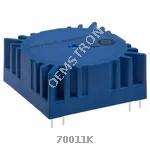 |
70011K | XFRMR TOROIDAL 3.2VA THRU HOLE | 420 More on Order |
 |
70025K | XFRMR TOROIDAL 5VA THRU HOLE | 226 More on Order |
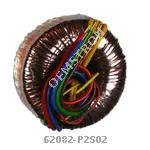 |
62082-P2S02 | XFRMR TOROIDAL 50VA CHAS MOUNT | 277 More on Order |
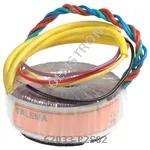 |
62033-P2S02 | XFRMR TOROIDAL 7VA CHAS MOUNT | 360 More on Order |
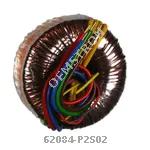 |
62084-P2S02 | XFRMR TOROIDAL 50VA CHAS MOUNT | 607 More on Order |
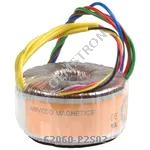 |
62060-P2S02 | XFRMR TOROIDAL 25VA CHAS MOUNT | 3963 More on Order |
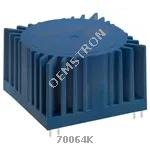 |
70064K | XFRMR TOROIDAL 25VA THRU HOLE | 2293 More on Order |
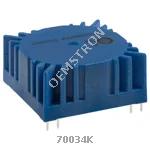 |
70034K | XFRMR TOROIDAL 7VA THRU HOLE | 674 More on Order |
 |
AC1200 | CURR SENSE XFMR 200A T/H | 119 More on Order |
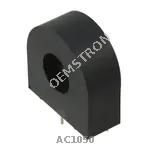 |
AC1050 | CURR SENSE XFMR 50A T/H | 409 More on Order |
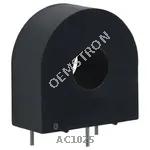 |
AC1025 | TRANSFORMER CURRENT 25.0 AMP | 235 More on Order |

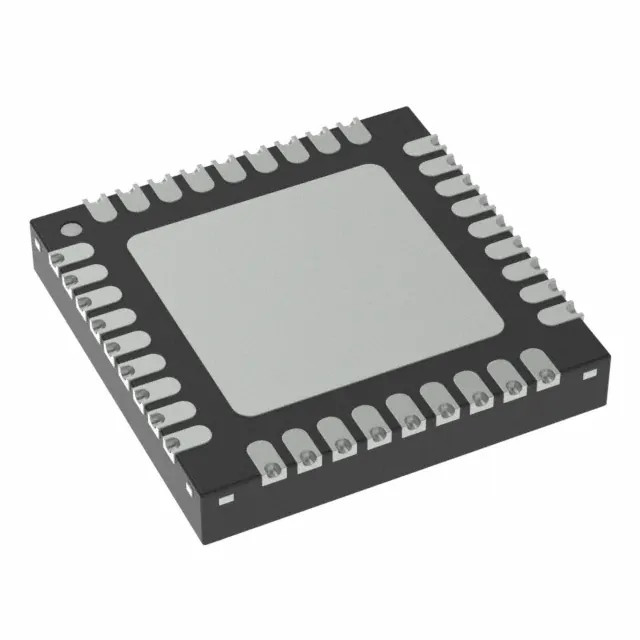 Semiconductors
Semiconductors









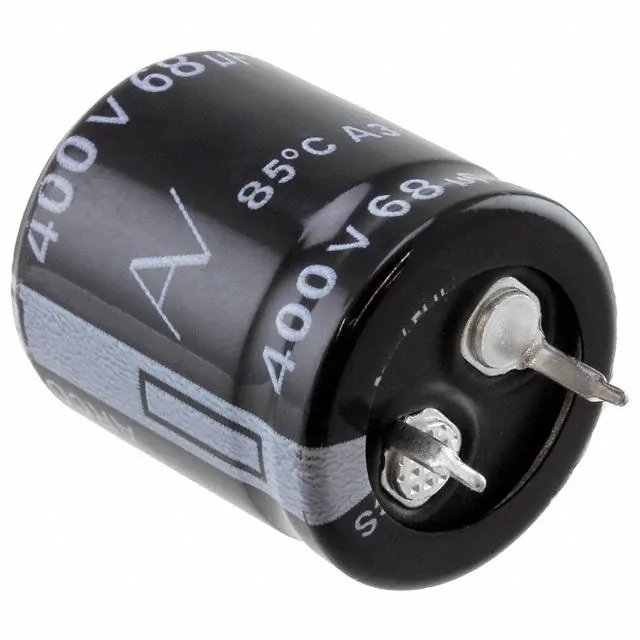 Passive Components
Passive Components









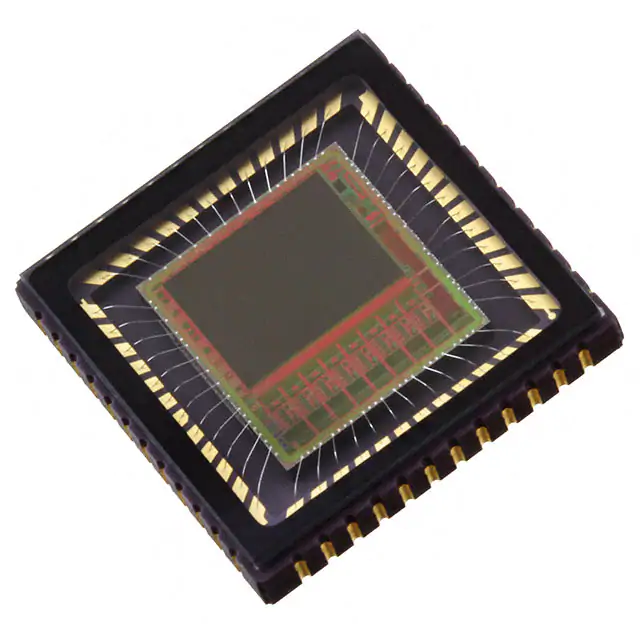 Sensors
Sensors








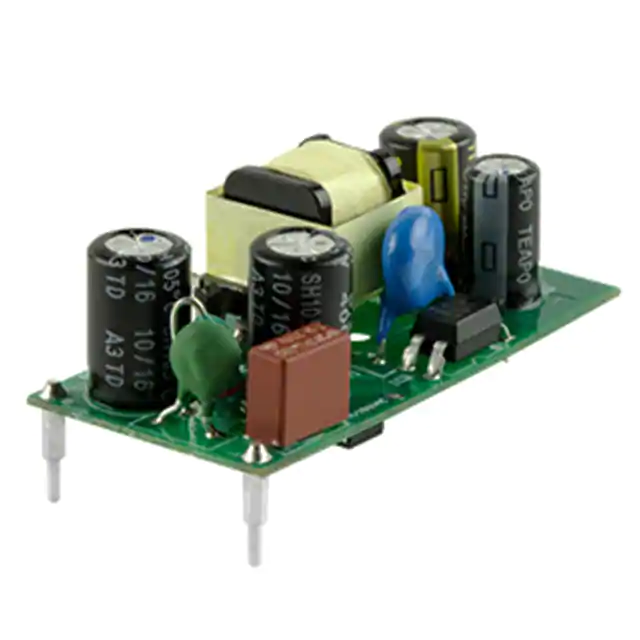 Power
Power









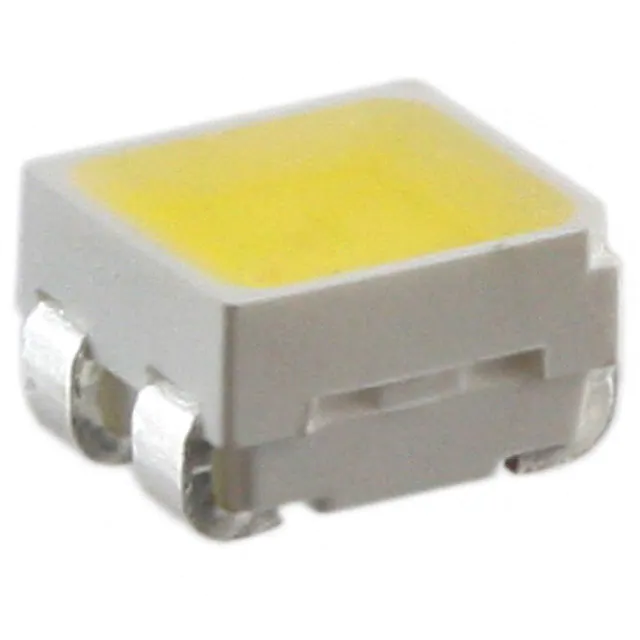 Optoelectronics
Optoelectronics








